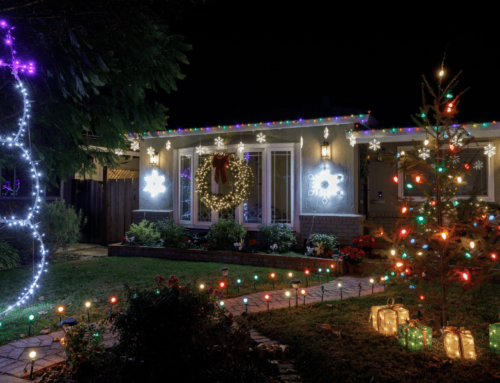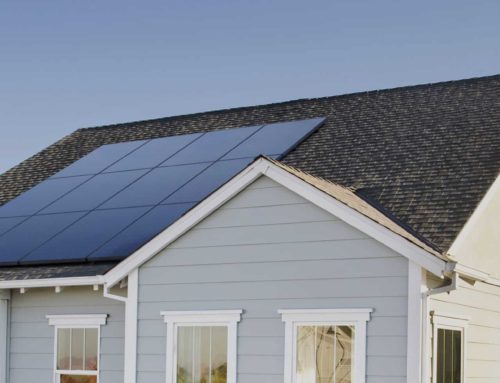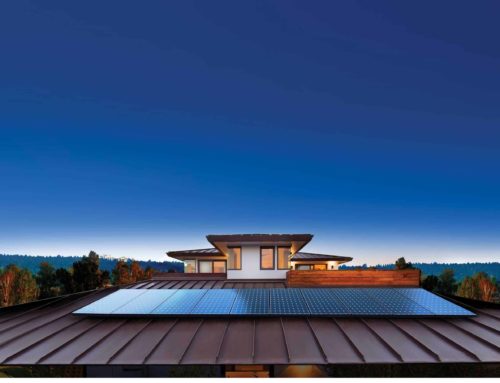Hello again! This is the second in our educational series Now that you’re energized and providing power to your household and the grid, it’s time for you to get a little more info about what’s going on with the power your solar panels are providing. In this email, we’ll be talking about watts, and what they are. Enjoy!
A watt is a unit of power. It’s a simplified way to measure power without having to calculate time and energy together. This unit was named after a Scottish inventor (James Watt) that made a name for himself working on steam engines back in the day. So rather than constantly having to factor in time to each equation, we now have the watt unit to measure power.
We measure watts for a couple of reasons. One reason is to know how much energy it takes to run something, and the other is to keep track of how much energy is able to be used. Basically, we are measuring the amount or “ability to do work.”
Lightbulbs are probably the easiest example to understand wattage used at a given time. We know that a lightbulb has the wattage printed on its outside that tells us how much power it takes to light that bulb up. For example, a 100-watt bulb takes 100 watts to glow. If it’s not glowing, it’s using zero watts.
So now one begs the question: “What is a kilowatt?”
A kilowatt (kW) is also a unit or power. Each unit is equivalent to 1000 watts. That means turning on 10 100-watt light bulbs would require 1 kilowatt of power. That seems pretty simple right?
So, if a kilowatt is a unit of power measuring how fast something is generating or using energy, the higher a building’s kW, the faster that building is using (or going to use) energy.
Still with us? Good.
Here’s where it might get a little confusing: “What is a Kilowatt Hour?”
So now that we understand what the numbers on lightbulbs mean, and that watts are often measured by the thousand as kilowatts, it’s time to factor in time. Time is the missing component in understanding how our electric bill works, and what we can do to save money on it.
Time is accumulative, so the way we measure energy used is also cumulative. This is where kilowatts per hour (kWh) come into play. Remember, a kilowatt of power (kW) is 1,000 watts, so if you leave 10 100-watt bulbs on for one hour, you’ll have used one kilowatt-hour (kWh) worth of energy.
Both kW and kWh are units of measurement, the biggest difference between the two has to do with time. Kilowatts (kW) is how much POWER is needed, and a kilowatt hour (kWh) is how much ENERGY was used. It is for this reason that sometimes the terms get mistakenly interchanged. Unfortunately, if you get the two mixed up, you might have difficulty doing something very important: saving money.
If you have any questions , don’t hesitate to give us a call. We always have a solar expert on standby and are happy to help. Our next blog will be going to dive into something few homeowners know about: peak hours. Keep your eye out for it because you definitely won’t want to miss it.










